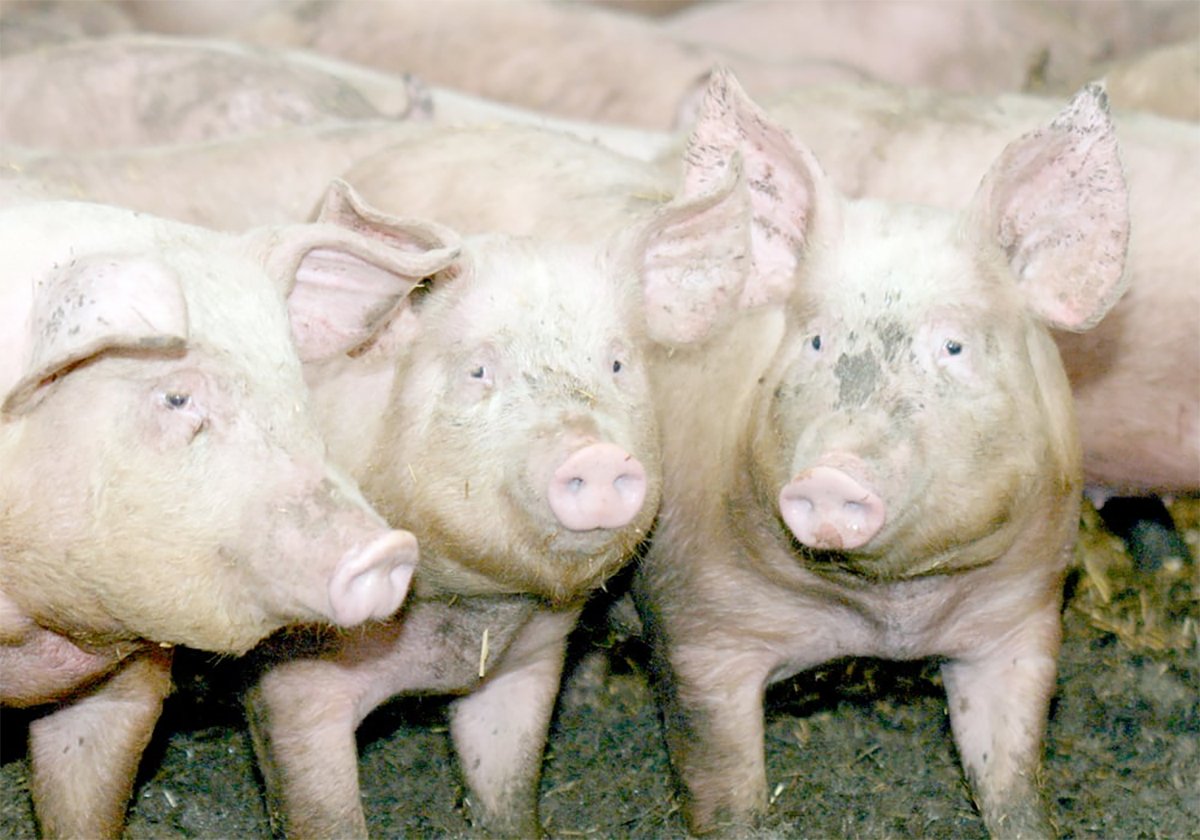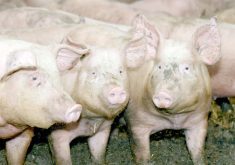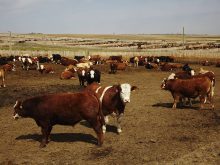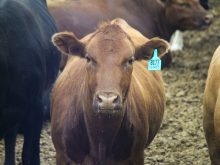Researchers at the University of Wisconsin are attempting to prove that dairy producers can feed higher percentages of grass without compromising milk production.
Last year, they took seven percent alfalfa and seven percent corn silage out of the total ration and replaced it with 14 percent Italian ryegrass.
The researchers eventually determined that adding fibre, with more grass, didn’t affect milk production.
“Actually, slightly more production,” U of W forage agronomist Dan Undersander told the Manitoba Forage Council’s Hay Day in Brandon Feb. 17.
Read Also

The Western Producer Livestock Report – November 13, 2025
Western Producer Livestock Report for November 13, 2025. See U.S. & Canadian hog prices, Canadian bison & lamb market data and sales insights.
In humans, it’s well documented that eating lobster, liver and other rich food can cause uric acid to accumulate in the joint of the big toe, also known as gout.
Similarly, Undersander said feeding a ration too rich in grain can cause pain in the hoofs of dairy cattle.
“In cattle if they get too rich a diet … they do tend to show lameness,” he said.
Undersander said one way to circumvent the problem is to have the cows eat more forage grasses.
“A healthy rumen has little fingers (papillae) all over the inside (walls) that stick out into the rumen,” he said. “(The papillae) absorb the sugars and the acids that the bacteria produces when they break down the feed.”
An insufficient amount of fibre in the feed can initiate an unhealthy chain of events, he said. The papillae shrink, rumen acidosis develops and bacteria in the rumen die.
“You get a die off of quite a bit of the rumen bugs, which release toxins,” said Rob Berry, a dairy specialist with Manitoba Agriculture.
Those toxins then enter the cow’s bloodstream and restrict blood flow in the hoofs.
“What these toxins actually do is restrict the capillaries in the extremities,” Berry said, which weakens the hoof and makes it susceptible to disease.
While increasing the amount of grass in dairy cows’ diet and reducing the amount of grain are direct solutions to reducing lameness, Berry said there are also economic factors .
“You try to run a system that relies on maximizing each cow’s space in a barn, so you’re trying to push these cows to produce the maximum amount of milk,” he said.
“(To do that) you have to press down the amount of forage in their ration … because you’re diluting the amount of energy in the ration.”
Having established that it’s possible to feed Italian ryegrass and maintain milk production, Undersander said the next step is to see if it’s possible to maintain milk production with grasses better suited for cooler climates.
He and his colleagues will repeat the experiment this year using tall fescue and meadow fescue instead of Italian ryegrass.















